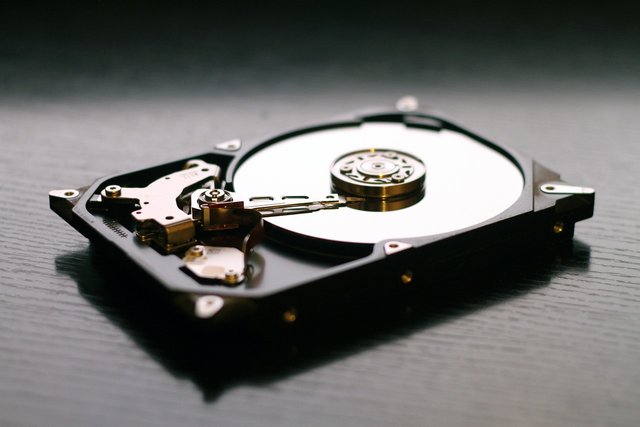
Life is data intensive these days. It seems like yesterday that I was excited about scoring a mini SD card to put into my phone for some extra storage. An 80GB hard drive would have kept me going for a while, even with an extensive media collection. As time has moved on, technology has bolted along with it in delivering high quality media creation right in our hands. Viewing content in ultra-high definition is now a norm and it seems that cloud storage is becoming ever so generous (I still think it’s a little expensive). With network infrastructure maturing to blistering speeds, data transfer issues are certainly becoming a matter of the past. With Seagate now showing off their Heat Assisted Magnetic Recording (HAMR) drives. Ranging between 16TB to 80TB, a decade ago I might have struggled to think about what I’d fill that up with. Today, it’s a different story entirely and our lives are needing more and more all the time.
With the demand for more data the challenge also comes in consumers needing less space, energy and everything else that is to be expected in a 2020 product. Everybody is liable and new technologies will often fall hard flat faced if they are unable to accommodate to the modern consumer. An interesting thought about Seagate’s venture that struck me is absolute timing. Their technology was initially announced in 2002, almost 20 years ago. While some outlets deem it as vapourware that eventually materialised after years, I wanted to think about technology that was probably just a little ahead of its time.
I’m not saying that Seagate purposefully withheld their technology but focusing on the needs of users of then and comparing today, the time for a new standard of storage and capacity has never been better. It’s a prime market and new ceilings of consumer data storage is needed to accommodate the next wave of better cameras, resolutions and much more that will no doubt be packed. Technology takes time to develop but it also needs to be tailored to fit in with consumer needs at the time. Seagate aren’t the only manufacturer moving in with HAMR technology and I wonder if I will be around to see the time where I’ll be carrying my phone around that is capable of storing petabytes of data. Perhaps by then the age of phones will have come to a close and something better, innovate and “breathtaking” has taken its place.

https://arstechnica.com/gadgets/2020/02/hamr-dont-hurt-em-laser-assisted-hard-drives-are-coming-in-2020/
https://www.seagate.com/gb/en/our-story/introducing-hamr-technology/
https://en.wikipedia.org/wiki/Heat-assisted_magnetic_recording

Congratulations @lockhart! You have completed the following achievement on the Steem blockchain and have been rewarded with new badge(s) :
You can view your badges on your Steem Board and compare to others on the Steem Ranking
If you no longer want to receive notifications, reply to this comment with the word
STOPTo support your work, I also upvoted your post!
Do not miss the last post from @steemitboard:
Vote for @Steemitboard as a witness to get one more award and increased upvotes!
Downvoting a post can decrease pending rewards and make it less visible. Common reasons:
Submit